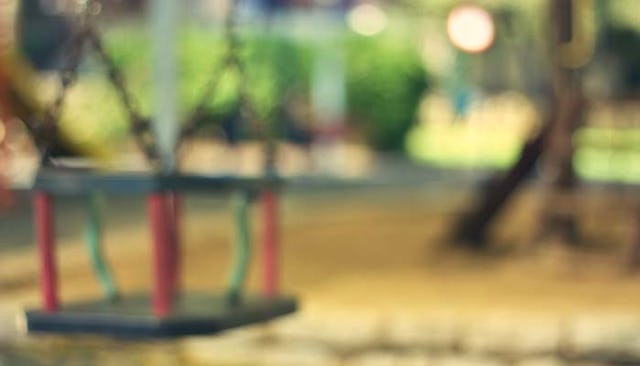These Elementary Schools Tripled Recess Time And Saw Immediate Positive Results

More recess is really working for a bunch of schools in Texas
Recess. We all agree kids need more of it, but in most states it caps out at 20 minutes a day. Some states don’t even get that, and parents are fighting to mandate a paltry 20 minutes of fresh air for their kids.
We all seem to agree that kids need to get out and play, but for some reason we’re following the current status quo that pushes kids to perform! perform! perform! at all costs. Common Core guidelines are pushing administrators to shove kids back into classrooms so there is enough time for instruction and they can pass those tests. But is more time in the classroom really what they need?
Last year, Eagle Mountain Elementary in Fort Worth, Texas began giving their kindergarten and first grade students two 15-minute breaks every morning and two 15-minute breaks every afternoon. They also added an extra 15 minute break in the afternoon for all other grades, making it two recess breaks instead of one. At first, teachers were worried about losing precious classroom time, but after about five months they noticed the kids were actually learning more because the extra time outside to burn off energy made them better able to focus in class.
Is anyone surprised by this? After hearing about the positive results of the expanded recess program, three other schools in the district began to test out the same schedule.
The funniest part? The schedule comes from a curriculum that was started in the 60s and 70s called called Positive Action, Positive Action uses recess and character development exercises to help students succeed in school. It’s actually the same sort of instruction that people celebrate Finland for sticking to today. The new program is called LiiNK. It stands for “Let’s inspire innovation ’n kids,” and was developed by Debbie Rhea, a professor and associate dean of research in the Harris College of Nursing and Health Sciences.
“I started the program because I was tired of seeing students burn out by third grade, teachers burn out in five years, and schools that focused primarily on testing from the time children entered in pre-K or K all the way through high school,” Rhea told The Washington Post. “I saw in 2011 that Finland was doing things differently, so I went over there and lived for six weeks to determine what it was that they were doing that we might be able to implement.”
“The two pieces (recess and character development) that I’m doing in the 14 public schools now are two of the things I identified in Finland. The funny part is we used to do recess and character development in the ’60s and ’70s, but we went a different direction over the years and Finland learned from us and stayed the course.”
Now Finland is lauded for their approach to elementary education while we are… well, let’s not go there. Here’s an example recess schedule for one of the schools on the program, Saginaw Elementary School:
“There was a part of me that was very nervous about it,” said first-grade teacher Donna McBride. “I was trying to wrap my head around my class going outside four times a day and still being able to teach those children all the things they needed to learn.” She soon realized that students were paying better attention in class, following directions better, and attempting to learn more independently and solve problems on their own. She also’s also having fewer disciplinary issues.
One study reported the average student in America’s big-city public schools takes roughly 112 mandatory standardized tests between pre-k and the end of 12th grade. That’s an average of between 20 and 25 school hours. A year. On standardized tests.
Yikes.
Eagle Mountain Elementary School principal Bryan McLain is a big fan of the positive way kids are responding to their new schedules.
“We believe in essence we are giving children back their childhood.”
This article was originally published on